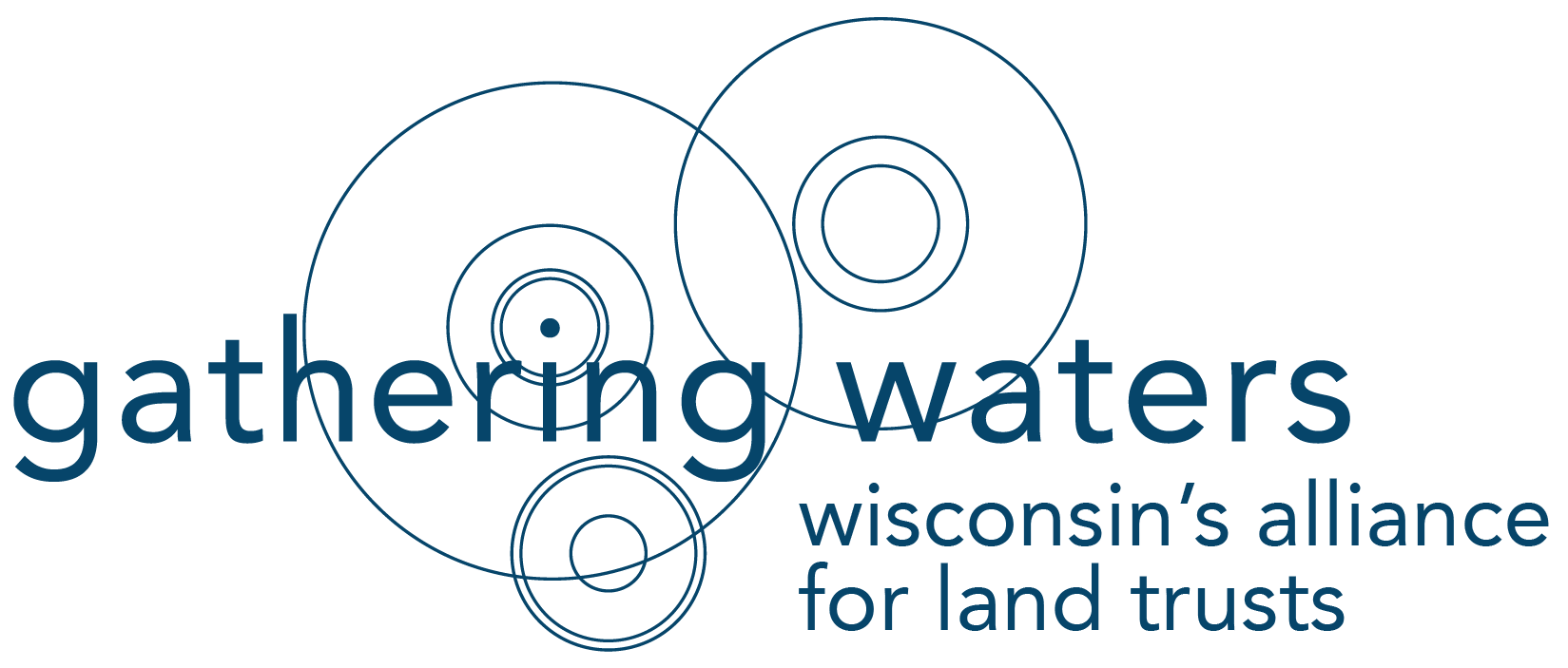A strong, supported Stewardship Fund is one of Gathering Waters Conservancy’s most important policy priorities. And now one of Wisconsin’s leading manufacturers has used the Stewardship Fund to permanently protect thousands of acres in Forest County. Working with The Nature Conservancy, the Chequamegon-Nicolet National Forest and the State of Wisconsin, Connor Timber & Associates has reached a deal that will protect more than 19,000 acres of working forestland outside of Laona, WI.
Since 1872, Connor Timber & Associates has owned the forest tract that includes much of the shoreline of Lake Riley and Lake Wabikon. Because the Connors never clear cut their forest, choosing selective harvesting and sustainable forest management practices instead, the forest has supported the lumber and hardwood industries in Wisconsin for more than 100 years.
Today, the forests of the Wabikon Waters & Woodlands Preserve support more than 200 jobs at Nicolet Hardwood and WD Flooring. Using $8 million from the Stewardship Fund, the State of Wisconsin was able to purchase a working forest conservation easement from Connor Timber. This easement will sustain the more than 200 independent loggers who work the forest. It will also ensure lumber for companies like WD Flooring, which has produced more than 12 million board feet of flooring from lumber taken from the forest.
Use of the Stewardship Fund will open the land to the public for birders, hunters, bikers, anglers, and campers. While industry will continue to benefit from the natural resources protected by this deal, Wisconsinites will now be able to capitalize on the 15 wild lakes, 16 river segments, and abundant wildlife habitat newly opened to public.
Nicolet Hardwoods’ Woodlands Manager, Steve Guthrie, praised the project and emphasized the need for continued support of the Stewardship Fund, saying “It’s critical that we see [Stewardship] funding continue through the Legislature. There’s always pressure to balance State budgets & I don’t think there’s a better use for State money than to see these resources conserved.”
For more on the project, listen to WPR’s excellent piece.


